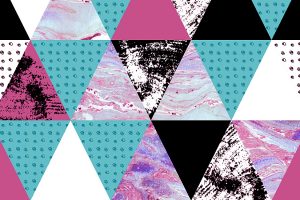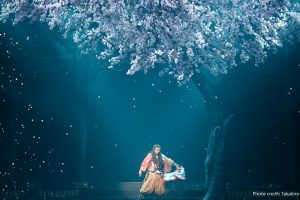How does a person of conscience create empathy and solidarity in turbulent times? That’s a question many of us are confronting today amidst deep divisions and profound inequality in the United States, but in many respects it is not a new one. In our quest to find a meaningful answer, we need only to look to those who came before us.
The Noguchi Museum’s current exhibition, Self-Interned, 1942: Noguchi in Poston War Relocation Center, is so valuable and necessary in our current climate for this very reason. It explores famed sculptor Isamu Noguchi‘s decision to voluntarily incarcerate himself alongside fellow Japanese-Americans who were forcibly dispossessed and detained by the United States government following the outbreak of war with the Japanese Empire, their essential loyalty and patriotism doubted simply because they happened to physically resemble the imperial soldiers who bombed Pearl Harbor.
As artists and appreciators of the arts well know, art is a uniquely powerful channel for expressing a point of view and, in the process, generating empathy between people. This is why art and the artists who create it often come under withering attack when authoritarians seek to claim unquestioned and unchallenged power. We are seeing this phenomenon transpire now with the recent right wing outrage at The Public Theater for its provocative production of Julius Caesar. Isamu Noguchi not only understood art’s ability to forge bonds between people of different backgrounds and experiences, he also strongly believed in its capacity to elevate the human condition and remind people of their inherent worth and potential as human beings.

Selections from Self-Interned, 1942
His pieces from that time period, as with his other creations, create a sense of resonance and connection in the person who engages with them. I have always appreciated Noguchi’s sculptures, even while not always being able to articulate exactly why since they are abstract, because they typically make me feel optimistic and centered. The museum itself also cultivates a calm and peaceful atmosphere that is more conducive to quiet contemplation than most others. This might, of course, be because the museum and the artist whose work it celebrates intentionally evoke a Japanese ambiance that is at once meditative and generative, offering the ideal conditions for creative thought.
Of course, deep reflection is all the more in order when considering painful injustices like the incarceration of Japanese-Americans. And, as the exhibition makes clear, although Noguchi had noble intentions in choosing to incarcerate himself, his ideas for creative projects to improve the lives of the inmates were frequently dismissed by the wartime authorities. Noguchi was extremely frustrated by the indignities he witnessed first hand at the Poston incarceration camp. Ultimately, after he finally secured permission to leave, the artist departed in a disillusioned state of mind.
Such experiences, still within the living memory of some of our remaining elders, teach us that fear and suspicion of the other should never be permitted as a justification for curtailing the rights of citizens in a free society. This is unfortunately not a hazy warning from some distant past that is unlikely to return. Supporters of the new administration are again calling for the incarceration of their fellow Americans, this time citizens of the Muslim faith, perversely citing the Japanese-American incarceration as precedent. Given this troubling development, it is especially important for those of us who do not know this history to learn about it and for those who are already acquainted with it to reflect anew on what it means for the present and future of our country.
Self-Interned, 1942 is open until January 2018, so there is ample opportunity to go if you live in New York or plan to visit before the end of the year. If you do, I recommend spending some quality time in the garden either before or after exploring the artwork on display. It’s an ideal venue, blessed with tranquility and positive energy, to write or simply think for a while about how artists and people of conscience can rise to this moment through acts of creative resistance, as Noguchi bravely did during World War II.











You must be logged in to post a comment.